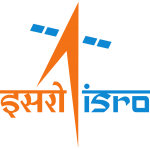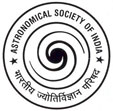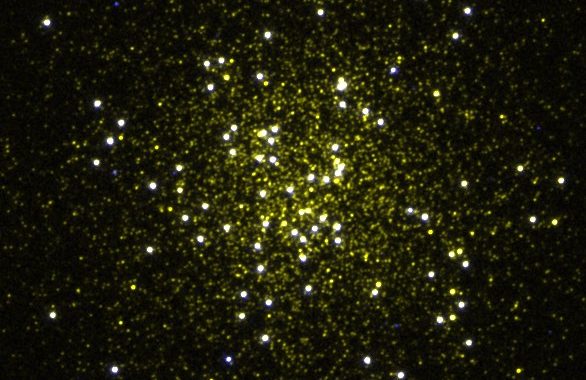November 2018:
The AstroSat Picture of the Month for November 2018 presents false colour image of the Globular Cluster NGC 288 in the ultraviolet taken by UVIT. The near-UV emission the stars are in yellow and the far-UV emission is in white. It is clear that the UVIT image shows only the hot stars as the cooler stars become undetectable.
Picture credit: Snehalata Sahu)


“AstroSat Picture of the Month” is an initiative of the Public Outreach and Education Committee of the Astronomical Society of India and the AstroSat Training and Outreach Team.
Hot Ultraviolet stars in the Globular Cluster NGC 288
This month, APOM presents ultraviolet images of the globular cluster NGC 288, located at a distance of around 30,000 light years in the constellation Sculptor. This cluster was first described by John Dreyer in 1888. This is the second globular cluster in the APOM series, the first one being NGC 1851, presented a year ago. A globular cluster is a very large group of stars formed from the same cloud of gas and dust at nearly the same time. They are called globular because of the spherical distribution of stars, and each cluster is held together as a single entity by the gravity of the star members. Globular clusters are few of the oldest known objects in our galaxy. The stars in NGC 288 are believed to be nearly 12.6 billion years old.
The Ultraviolet Imaging Telescope (UVIT) on AstroSat has been used to image the stars in NGC 288 in the ultraviolet light, by a group of researchers from the Indian Institute of Astrophysics, Bangalore, and the National Research Council of Canada. The number of stars seen in the far-ultraviolet light are fewer than those seen in the near-ultraviolet light, and the reason for this is that only the hottest stars are seen in the far-ultraviolet.
Since globular clusters have very old stars, many of the heavier ones have already evolved to later phases of stellar lives (eg. red giant stars, horizontal branch stars). About 115 hot horizontal branch stars having surface temperature nearly twice that of the surface of Sun have been detected in NGC 288 using the near and far-ultraviolet filters of UVIT. A couple of very hot stars (extreme horizontal branch stars) whose whose surface temperatures are nearly five times that of the Solar surface have also been found. Using a combination of ultraviolet and optical light, these researchers have also identified 68 blue stragglers in this cluster. A blue straggler is a star formed when two stars either merge or transfer mass between them. Such stars have been mostly found in globular clusters where the star density is high. The capabilities of UVIT have made it easy for the researchers to see and inspect hot stars towards the cluster individually, allowing them to study the properties of each star, such as the mass and temperature.
The paper describing their results can be downloaded here.
Click here for the press story from India Science Wire and here for the entire APOM archive
More about ASTROSAT
AstroSat, India's first dedicated multi-wavelength space observatory, was launched by ISRO on 28 September, 2015. It has five instruments on board – the Ultra Violet Imaging Telescope, the Soft X-ray Telescope, the Large Area X-ray Proportional Counter, the Cadmium-Zinc-Telluride Imager and the Scanning Sky Monitor.
Get answers to your common queries about ASTROSAT in English, in हिंदी, and in मराठी.


Sir,
We are operating a website for learning astronomy for intrested people in Malayalam language. Can we download the astrosat picture of the month for including this image with caption. Address of this site is “exploretheuniverse.in”